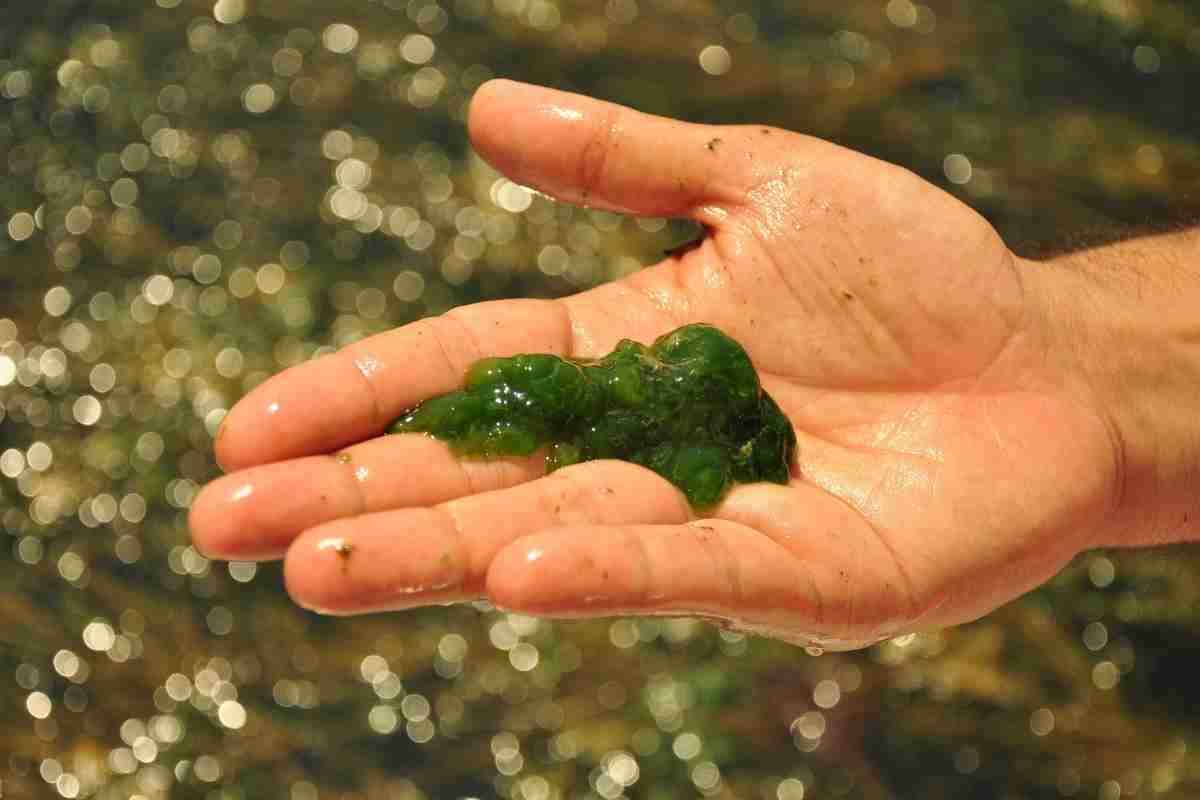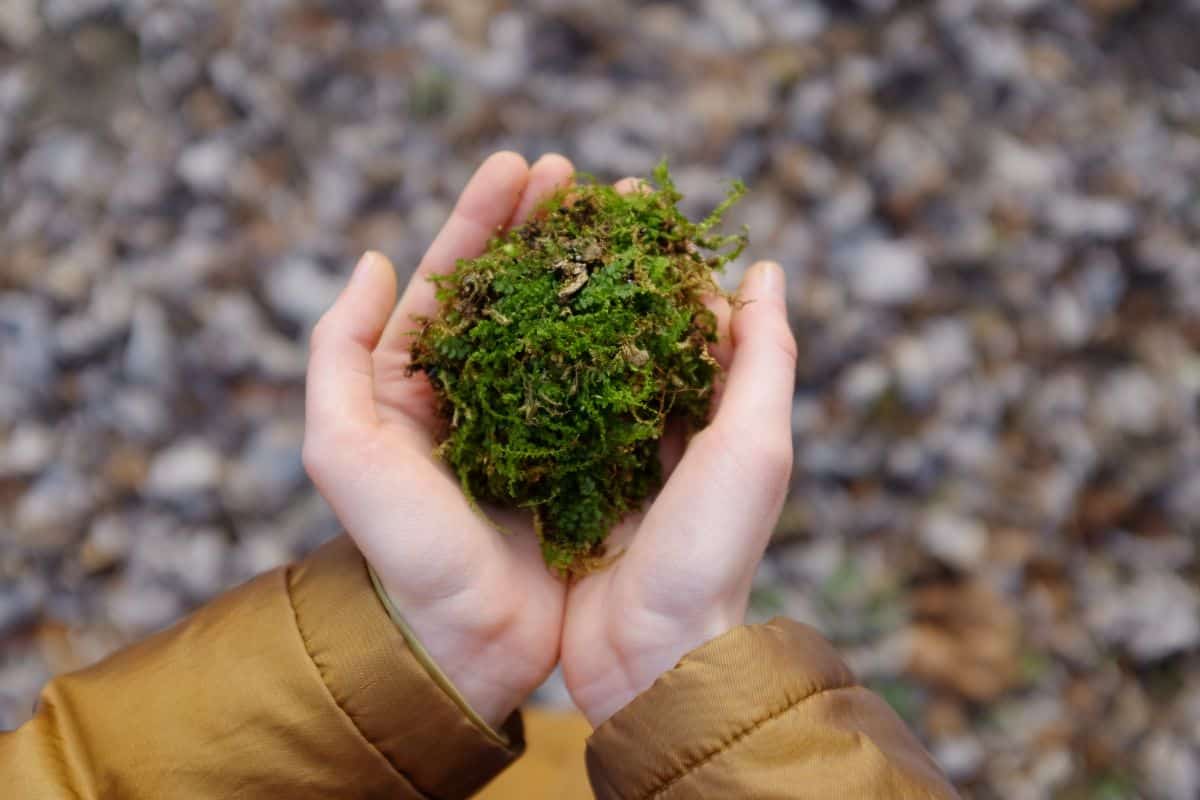
How Long Does Sphagnum Moss Last?
Read more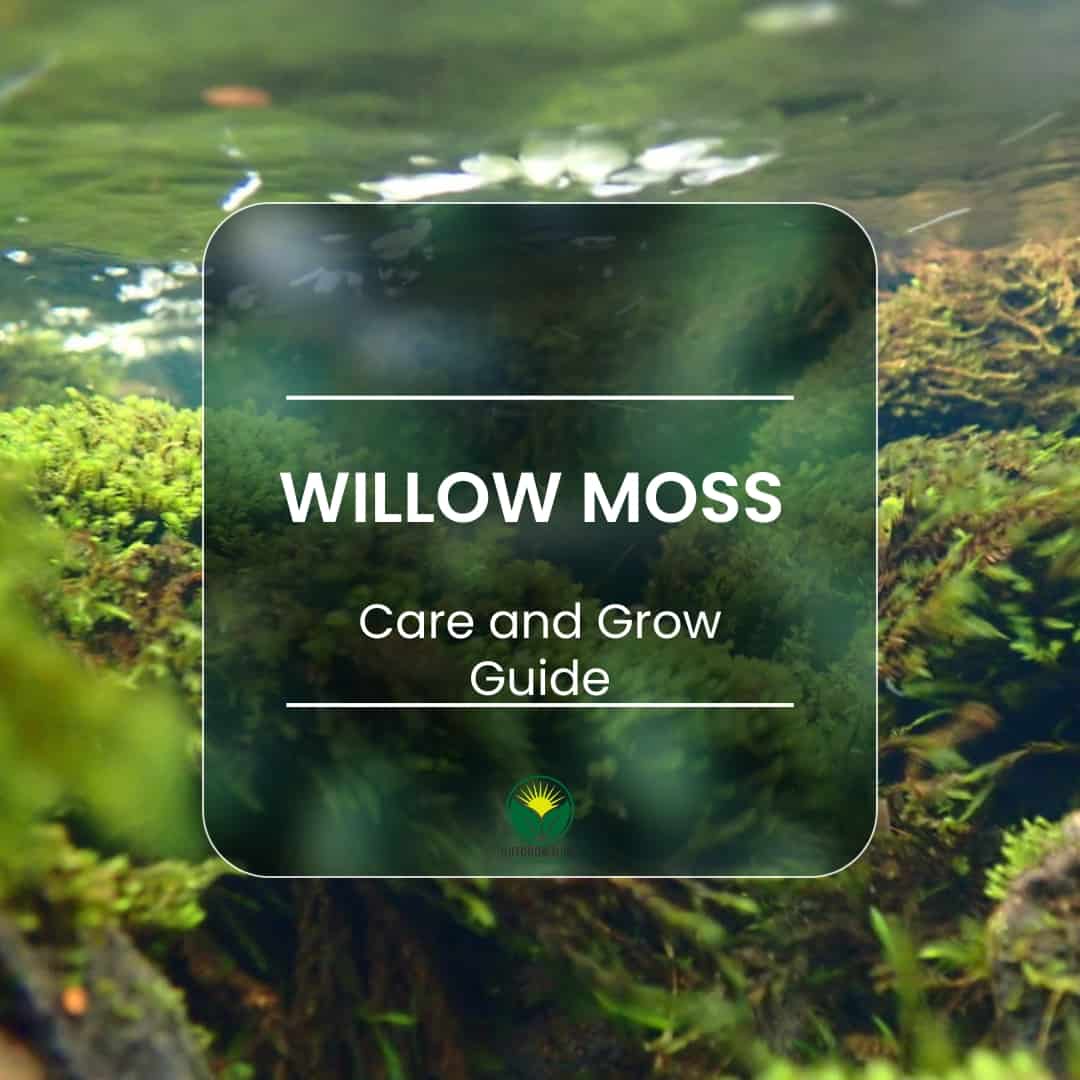
Willow Moss (Fontinalis Antipyretica). The aquatic moss par excellence. How to take care of it and make it grow in aquarium
Read more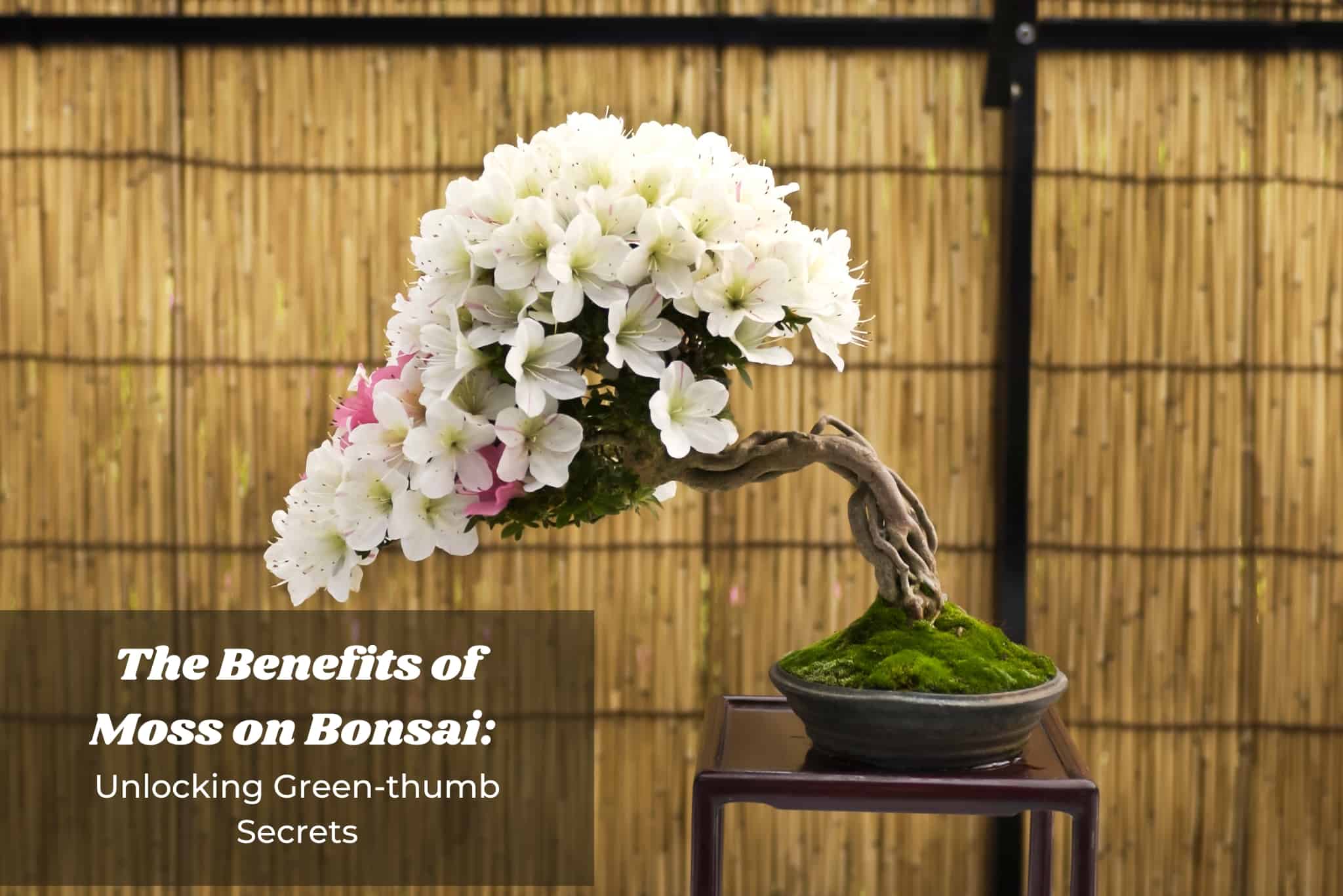
The Benefits of Moss on Bonsai: Unlocking Green-thumb Secrets
Read more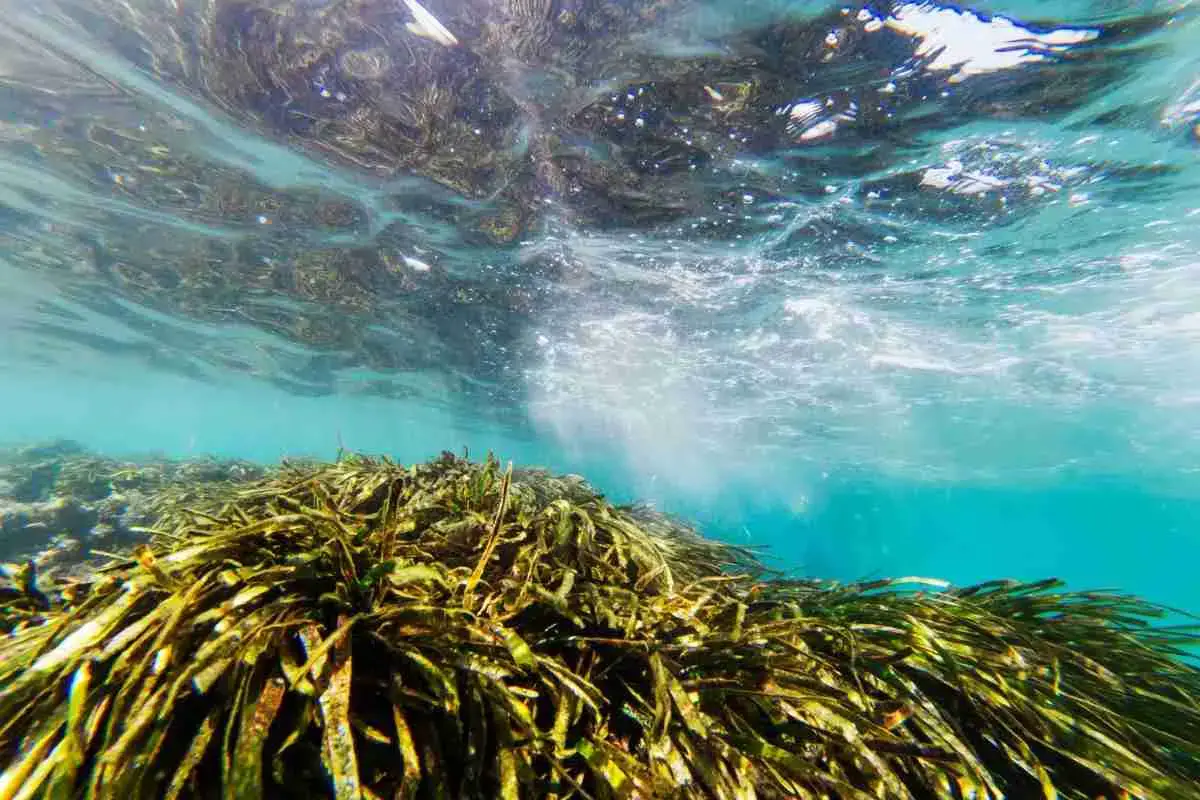
Can Moss Grow Underwater? List & Benefits
Read more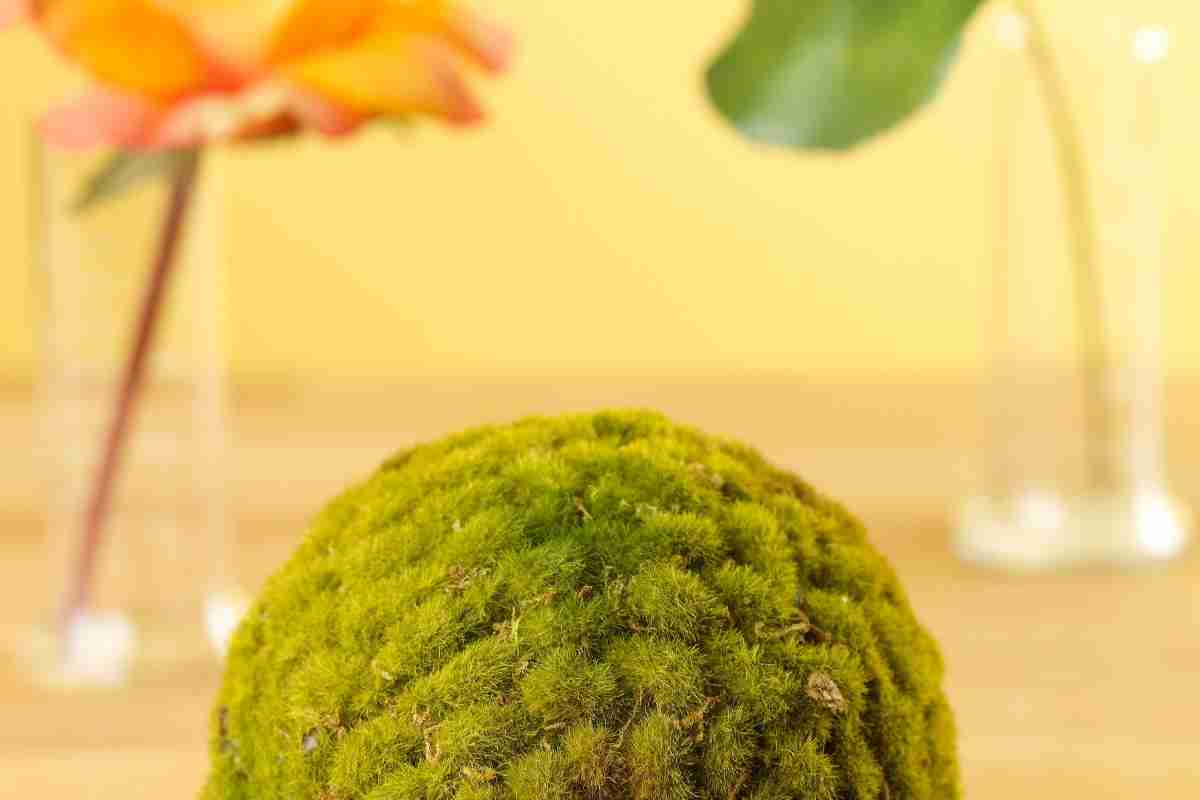
Do Moss Balls Have Worms? Is It Normal?
Read more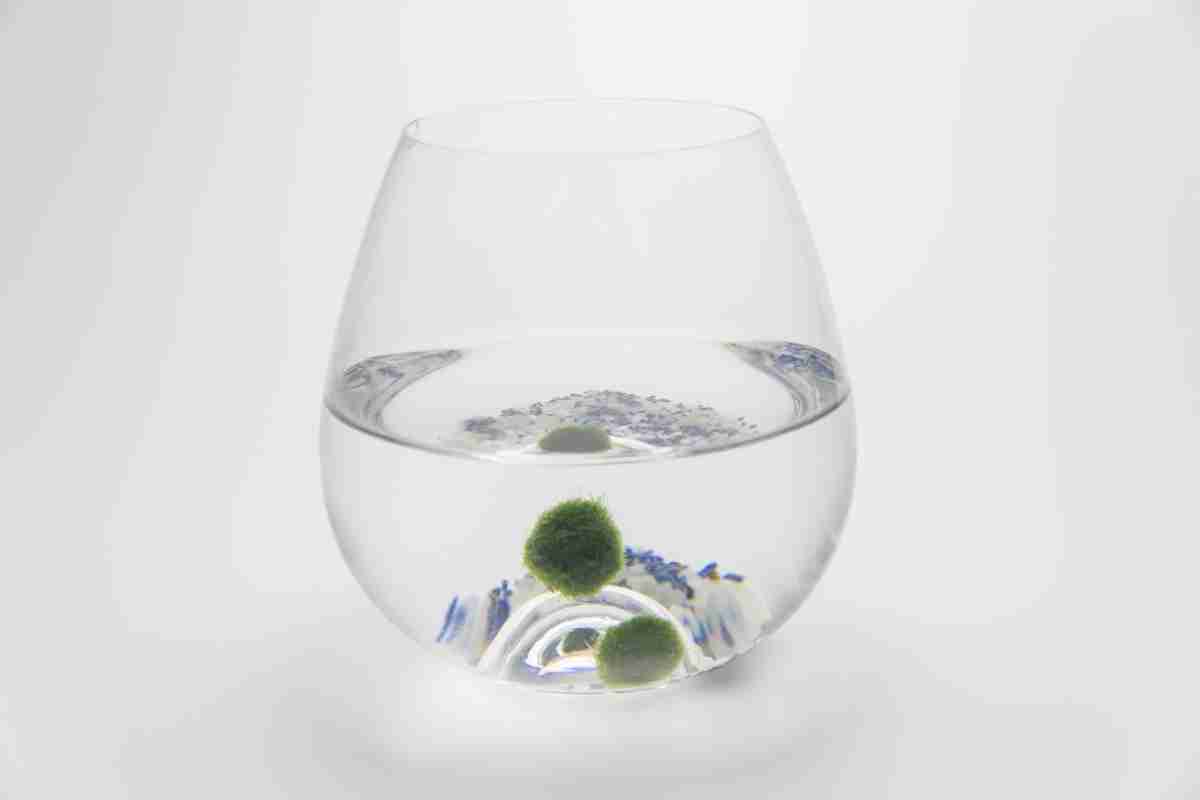
Floating Moss Balls: Why Do They Float?
Read more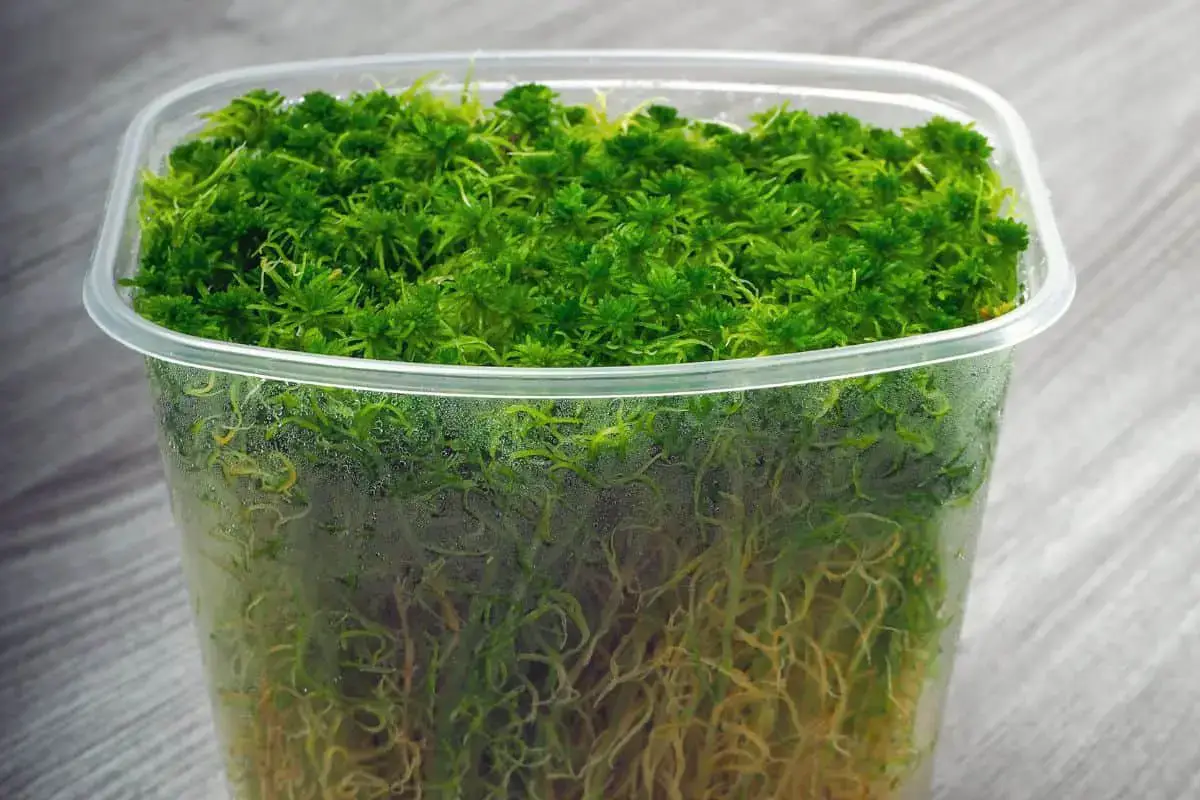
Can Sphagnum Moss Grow Underwater?
Read more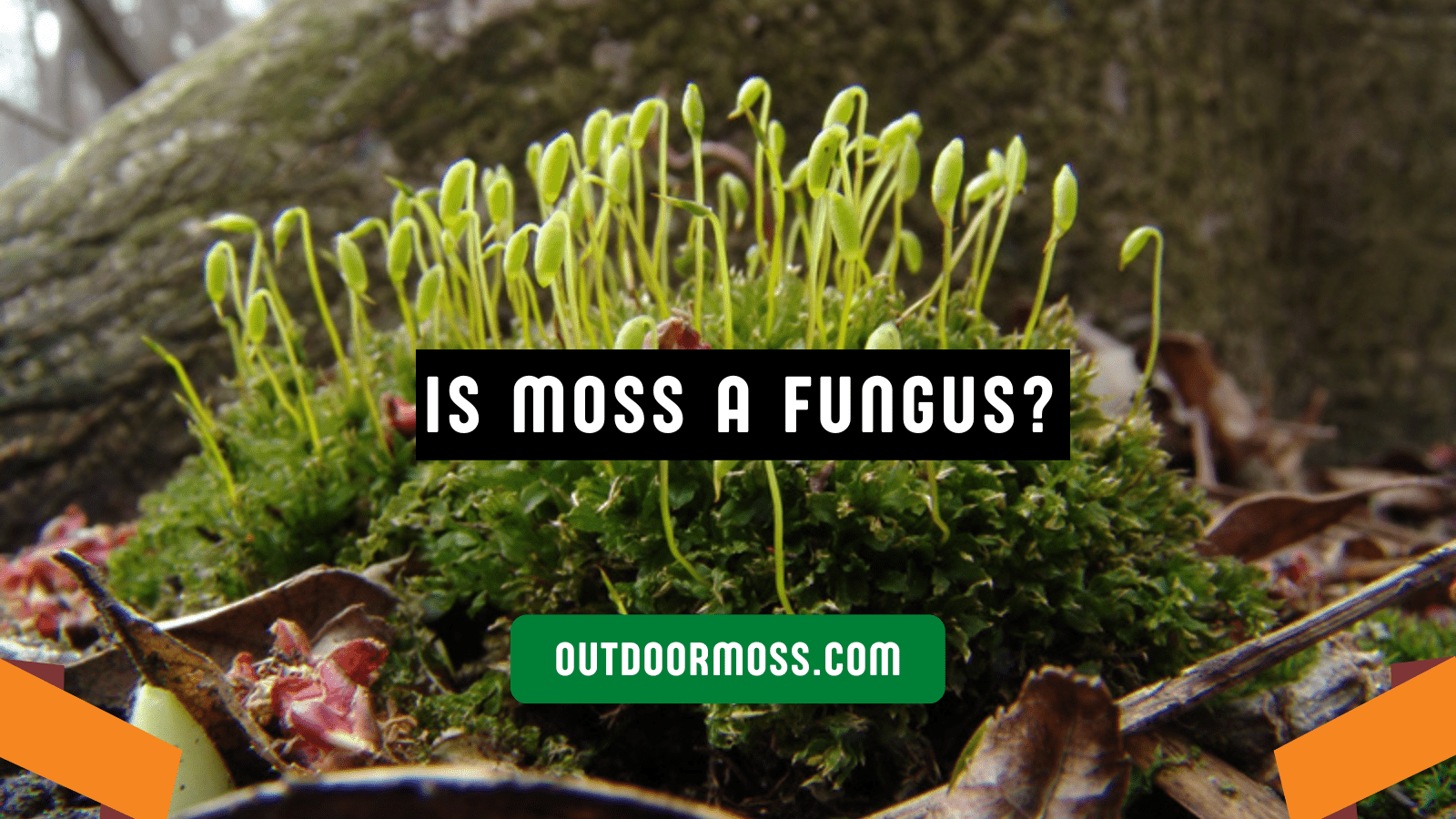
Moss vs. Fungus: Exploring the Differences and Why It Matters!
Read more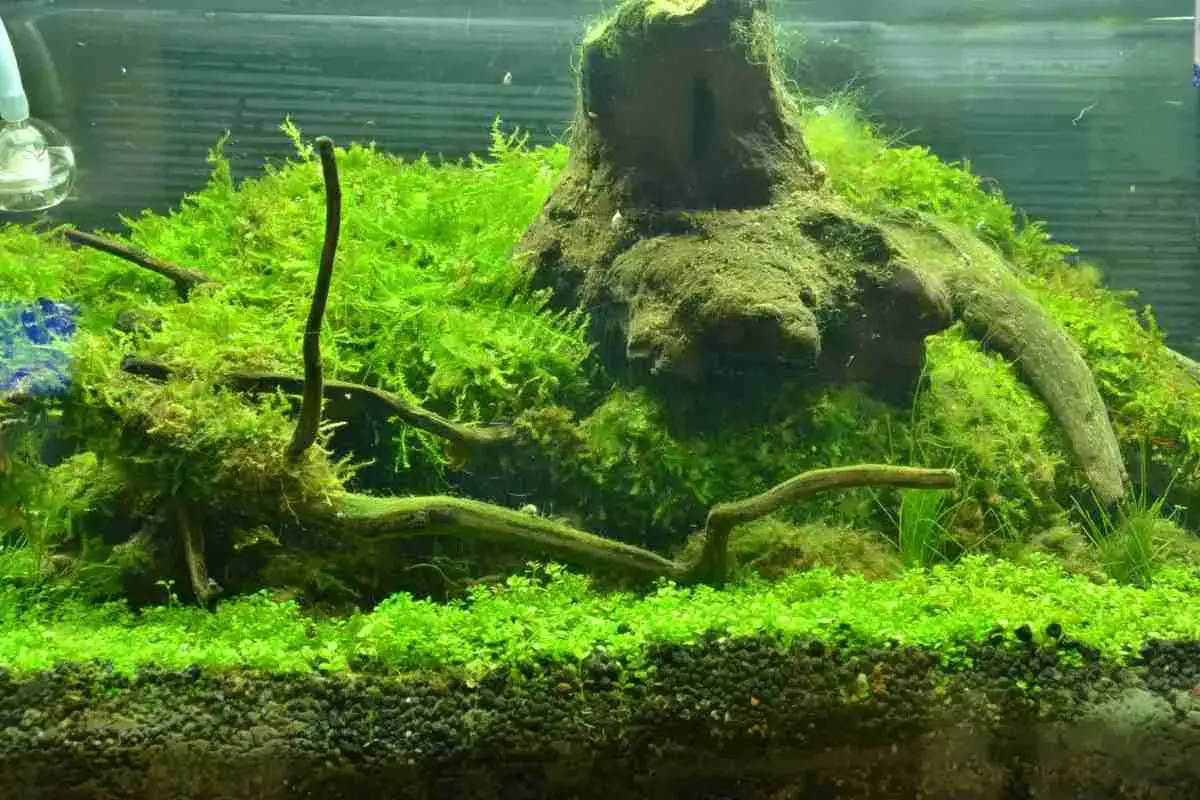
6 Simple Methods To Grow Java Moss Fast
Read more
Does Sphagnum Moss Mold? Causes & Prevention
Read more
Is Moss Really Poisonous? The Toxic Myth Uncovered: Safe to Touch or Dangerous?
Read more